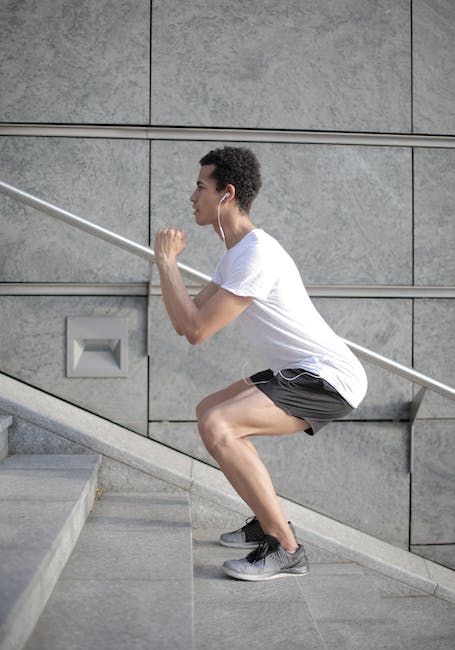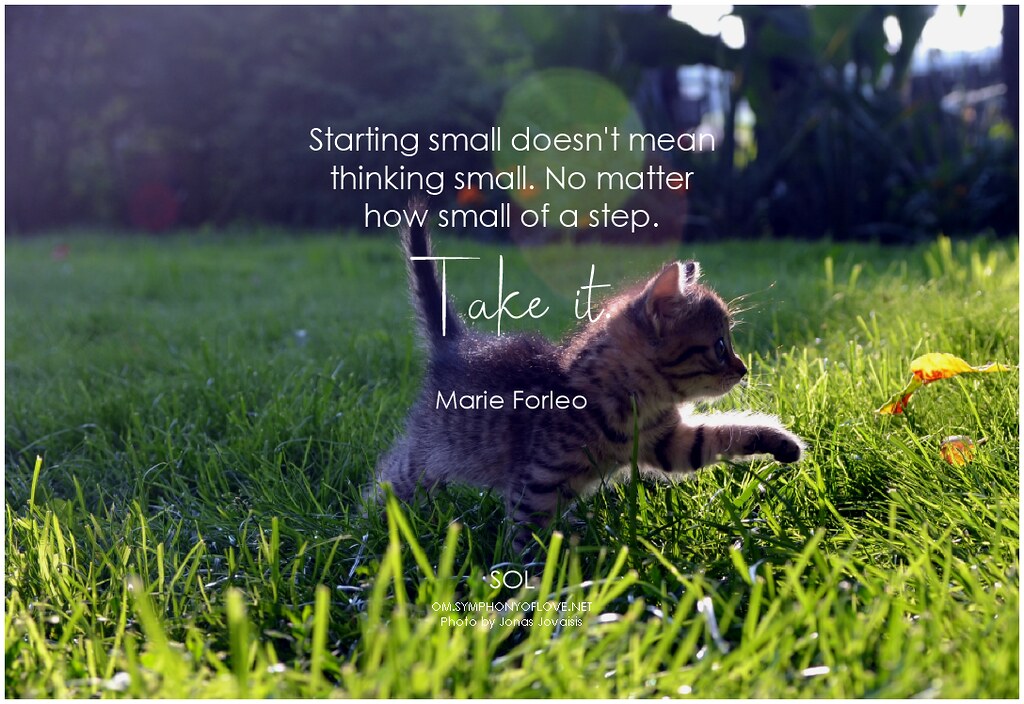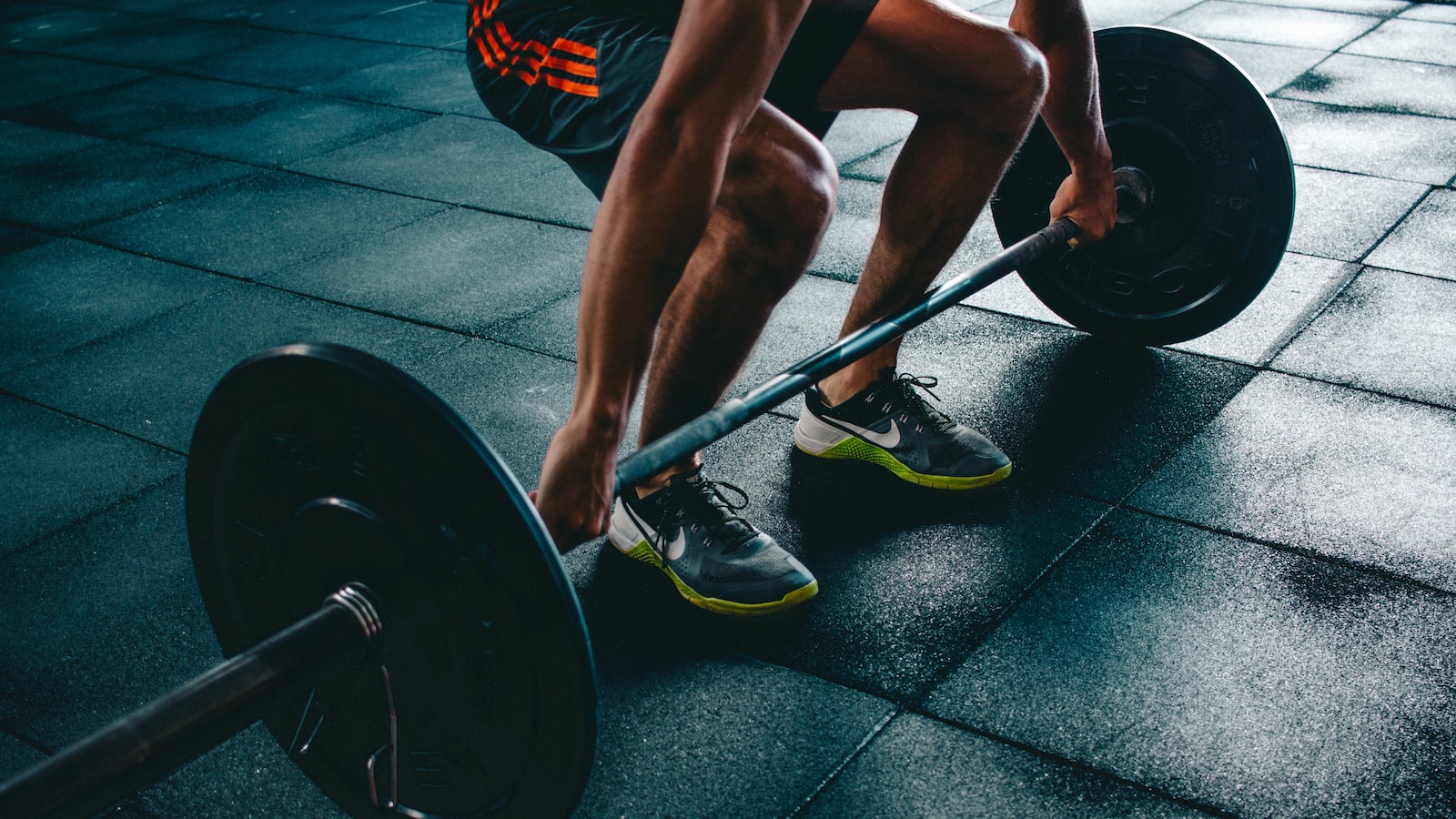
Getting Fit: Understand Push Up Benefits
Trying to get fit? One of the most effective exercises out there, push-ups can do wonders for your body. This article will give you all the information you need to understand the push up benefits and how to make the most of them. Read on to find out more!
List of Content
- 1. Knowing the Basics of Push-Ups
- 2. Identifying the Benefits of Push-Ups
- 3. Understanding the Different Types of Push-Ups
- 4. Developing a Push-Up Routine
- 5. Incorporating Push-Ups Into Your Workout
- 6. Tips on How to Get Started With Push-Ups
- You Ask, I answer

1. Knowing the Basics of Push-Ups
When it comes to working out, push-ups are one of the best exercises out there. Not only do push-ups provide an effective way to build strength and muscle, they are also relatively easy to do and require minimal to no equipment.
Muscles Worked
- Push-ups primarily work the chest muscles (pectoralis major)
- Along with the triceps (triceps brachii) and shoulders (deltoids).
- Secondary muscles used include the abdominals (rectus abdominus) and back muscles (lats, rhomboids, traps, and lower back).
Form
To get the most out of each push-up, make sure you maintain proper form:
- From the starting position on your hands and toes, press up through your palms and extend your arms fully to lock out.
- Keep your core (abdominals) and glutes tight throughout the motion.
- Your chest should lower until your chin almost touches the ground.
- Pause for a second, then press back up and repeat.
Variations
Once you get comfortable with the basic push-up form, there are plenty of variations to make things more challenging, such as:
- Incline push-ups
- Decline push-ups
- Wide arm push-ups
- Narrow arm push-ups
- Clapping push-ups
- Rotating push-ups
- Plyometric push-ups

2. Identifying the Benefits of Push-Ups
Push-ups are a centuries-old exercise that were originally designed to improve upper-body strength. Over the years, they have been used by athletes to increase muscle mass and improve upper-body endurance. While many people associate push-ups with bodybuilding or military training, they can also help improve your overall health and fitness.
1.) Toning Muscles
Push-ups are an excellent way to tone your muscles, particularly in the chest, shoulders, and triceps. In order to maximize the benefits, try doing a variety of push-ups to target different muscle groups. For example, by lowering your body more and taking a wider arm position while doing a push-up, you will target your pectoral muscles. On the other hand, narrowing your arms and raising your body higher will work your triceps.
2.) Improving Cardiovascular Health
Push-ups are also known to be a cardiovascular exercise. Doing push-ups regularly can help improve your heart and lung health by increasing your heart rate and forcing your body to use more oxygen. Additionally, push-ups can help to decrease your risk of developing heart disease or stroke.
3.) Relieving Stress
Push-ups can also be a great way to reduce stress. The physical activity helps to distract your mind from everyday anxieties and foster a sense of inner calm. They may also help to increase endorphin levels, which can give you a rush of energy and positivity.
4.) Core Strength
Push-ups are one of the best exercises for strengthening your core. This primarily refers to the abs and lower back but can also help to increase stability in the spine and hips. This can be beneficial for preventing lower back pain and improving posture.
3. Understanding the Different Types of Push-Ups
Push-ups are a great full-body exercise that will help you build strength and muscular endurance. Many people don’t realize that there are several different types of push-up that can target different areas of the body, challenge your muscles, and help prevent you from getting bored.
Traditional Push-Ups
The traditional push-up is the classic exercise that many people are familiar with. In this exercise, you start in the high plank position with your hands shoulder width apart, your feet together, and your body in a straight line from head to toe. You then lower yourself towards the ground, keeping your elbows close to your body, and push up again to complete one repetition.
Wide Push-Ups
As the name implies, this exercise is performed in the same way as the traditional push-up, except your hands are placed significantly wider than shoulder-width. This targets the chest more, making it an excellent way to build strength in this area.
Narrow Push-Ups
These push-ups allow you to focus less on chest strength and more on upper arm strength. To do a narrow push-up, you will place your hands tightly together and then lower and raise your body in the same way as a regular push-up.
Plyometric Push-Ups
Plyometric push-ups are a great way to increase your overall explosive power and coordination. In this exercise, you will start in the traditional push-up position, but you will use your arms to push yourself off the ground into the high plank position. You need to keep your hands glued to the ground as you are pushing yourself up. Your legs should stay together and you should be careful not to swing them around. This type of push-up is more advanced and should only be attempted after you have built up some strength in the other variations.
4. Developing a Push-Up Routine
When it comes to , the key is to set achievable goals. Research will help you figure out what works best for you, but start out slowly and build up as you become more accustomed to doing the exercises. Here are some tips and guidelines for :
- Start with an easy goal i.e. begin by doing 2 sets of 8-10 push-ups
- Make sure you incorporate rest days into your routine, when you don’t do any push-ups, to give your muscles time to recover
- If you consistently hit your goal – increase your number of reps, sets or add in different varieties of push-up exercises as you progress
- Aim to increase the difficulty of your routine every couple of weeks, as your stamina and strength increases
Make sure to use proper form when performing push-ups; you should be touching your chest to the floor when you do them. And always warm up your muscles before starting any kind of routine so that you don’t pull a muscle or injure yourself.
Mix in other bodyweight exercises into your routine, such as squats, mountain climbers, or burpees, and use different hand placements to target different muscle groups as you progress. Listen to your body; if something is too challenging, ease off and take a break for a day.
Once you become consistent with your workout routine and become familiar with the process, you can tweak it as needed, to suit your goals and results that you want to see.
5. Incorporating Push-Ups Into Your Workout
Push-ups are a fantastic exercise that can help you build strength and tone your muscles. It is no wonder then that they can easily be incorporated into your workout. Here are some tips on how to make the most of practicing push-ups.
1. Choose Your Style
There are many different variations of the classic push-up, so feel free to experiment and find which style works best for you. These variations include:
- Standard – basic, arms shoulder-width apart
- Diamond – hands together, chest towards floor
- Wide arm – arms wide open, chest hugs the floor
- Hindu – arms move in a pendulum motion
- Decline – feet elevated off the floor
2. Pre-workout Warm-up
Push-ups should not be your first exercise when you are starting a workout. Make sure you do a proper warm-up of your body and your joints when preparing to do any form of exercise. It is especially important before doing any form of push-up.
3. Start Small
Start off with a manageable number of reps, and constantly aim to increase the number gradually as you get used to the exercises. You can begin with a set of 10-15 repetitions for a single set and eventually work up to doing multiple sets and higher reps.
4. Change Up
Adding variety to your push-up routine can help you work different muscles groups, challenge your body and see the most gains from your exercise. Consider changing up yourself by adding different sets of pulses, holds, and fly’s into your routine, as well as the types of push-ups.
6. Tips on How to Get Started With Push-Ups
Push-ups are a great way to improve overall body strength and fitness. But they can be intimidating if you’re new to the exercise. Here are some tips to help get you started.
1. Find a comfortable starting position: It’s important to start with the right position so you can maintain proper form while doing the exercise. Begin by placing your hands a bit wider than shoulder-width apart, with your arms extended and your feet close together. Your body should form a straight line from your head to heels.
2. Learn the correct form: Focus on keeping your body in line throughout the entire movement. This means no sagging or drooping of the hips. As you lower your body, keep your elbows close to your body, then push yourself back up to the starting position. Make sure to keep your neck in line with your spine and your head in line with your body throughout the entire range of motion.
3. Incorporate other exercises: If you find push-ups difficult to do, consider adding other exercises to your routine. Planks, crunches, and squats are all good exercises to help build the strength needed to perform a proper push-up. You can also use an exercise band or bodyweight machine to assist your push-up until your strength is up.
4. Aim for progress: Aim for small goals to start, and gradually increase the number of repetitions you do as you progress. Aim to do two to three sets of 8-10 reps to start, and gradually increase the number of sets or reps you do over time. You can even add in variations such as elevated push-ups, knee push-ups, or clapping push-ups as you gain strength for added challenge.
You Ask, I answer
Q1. What is a push-up?
A1. A push-up is a bodyweight exercise in which you press your body up and down using your arms and chest muscles.
Q2. What are the benefits of doing push-ups?
A2. Push-ups help build upper-body strength and overall strength. They also improve posture, balance, and burn calories for weight loss. Additionally, they are great for toning your arms, shoulders, and chest muscles.
Q3. Is it possible to do different variations of the push-up?
A3. Absolutely – you can do different variations to make the exercise more challenging. For example, you can do raised-leg push-ups, decline push-ups, or even wide-grip push-ups.
Q4. How many push-ups should I do?
A4. This will depend on your fitness level and your goals. Start with sets of 10 or 15 and work your way up from there, increasing the number of reps as you become stronger.
If you are serious about getting fit, knowing the benefits of push-ups is an important factor. Investing time and effort to follow the steps outlined in this article will put you on the right track to seeing the results of your hard work. Remember, consistency is key and you can learn a lot from just regularly doing this one simple exercise. So don’t shy away from push-ups. Embrace them as an effective and beneficial way to stay fit.


